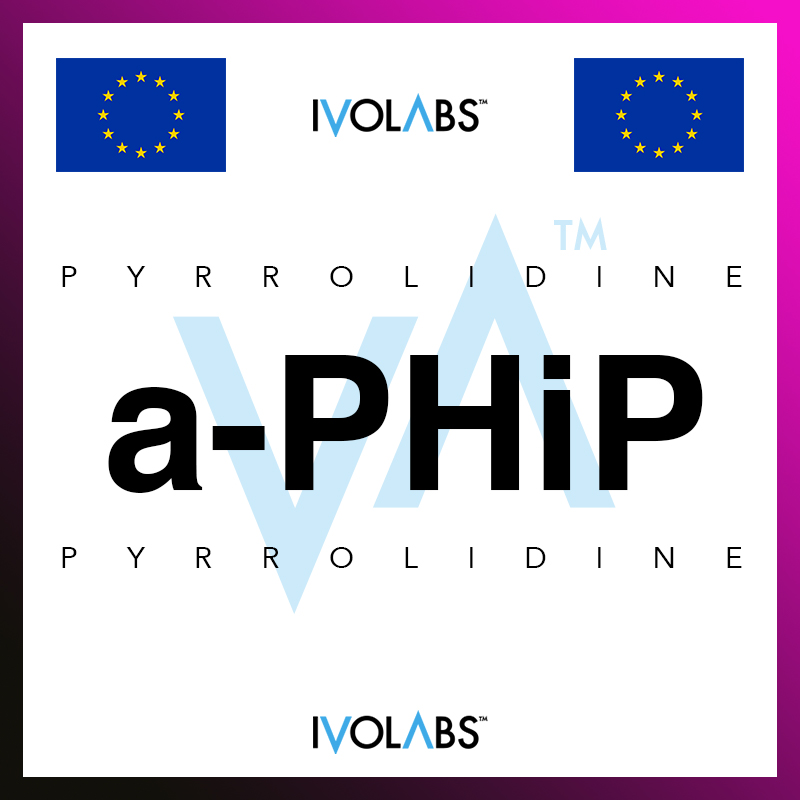Tilmetamine, with the IUPAC name 2-(methylamino)-2-(thiophen-2-yl)cyclohexan-1-one, has the chemical formula C11H15NOS and a molecular weight of 209.31 g/mol. It belongs to the family of dissociative anesthetics, with a chemical structure that closely resembles that of ketamine, another well-known NMDA receptor antagonist. Tilmetamine hydrochloride typically exists in the form of odorless, white crystalline powder, which is soluble in water, making it suitable for injection. The compound is stable under typical storage conditions, but it is recommended to store it in a dry, cool environment to avoid degradation.
Pharmacological Mechanism of Action: Tilmetamine acts primarily as an NMDA receptor antagonist, similar to ketamine. NMDA receptors are key components of the central nervous system, playing an essential role in excitatory neurotransmission, memory function, and synaptic plasticity. By blocking these receptors, tilmetamine reduces excitatory signaling, leading to dissociative anesthesia, where the subject experiences analgesia, loss of consciousness, and amnesia.
Beyond NMDA receptor antagonism, tilmetamine also exhibits mild interactions with other neurotransmitter systems. It has minor effects on opioid receptors and interacts with the dopamine and serotonin systems, which contributes to its psychoactive properties. In some animal studies, tilmetamine has been shown to influence the release and uptake of dopamine, which may explain its reinforcing and rewarding effects.
Dosage and Administration: Tilmetamine is most often administered parenterally (intravenously or intramuscularly). In veterinary settings, it is often used in combination with zolazepam under the brand name Telazol for anesthesia in large animals, such as dogs and cats. For research purposes, dosing is typically species-specific and depends on the intended study.
- Dosage in Veterinary Practice: The typical dose used in combination with zolazepam is around 3–5 mg/kg intramuscularly.
- Dosage in Research Settings: For laboratory animal models, the dosage varies depending on the species and study objectives. For rodents, the dose ranges between 5–20 mg/kg intraperitoneally or intravenously.
The onset of tilmetamine’s effects is rapid. When administered intravenously, the onset occurs within 1–2 minutes, while intramuscular administration may take 5–10 minutes. The duration of the dissociative and anesthetic effects typically lasts between 20–60 minutes, depending on the dose and route of administration. Residual sedative effects can linger for several hours after the primary effects wear off.
Tilmetamine undergoes hepatic metabolism, primarily via hydroxylation and demethylation. The resulting metabolites are excreted through the kidneys. Its elimination half-life is relatively short, approximately 1–2 hours in most mammals, including humans.
Pharmacodynamics and Effects: The effects of tilmetamine are dose-dependent. At low doses, it induces mild dissociation, sensory detachment, and perceptual distortions, including time dilation and changes in spatial awareness. At higher doses, the dissociative effects become more pronounced, often accompanied by full anesthesia, analgesia, and hallucinations.
- Dissociative Anesthesia: Tilmetamine produces a state of dissociation in which the subject feels detached from their body and surroundings. This dissociative state can be useful in research models for studying consciousness and neural pathways involved in sensory processing.
- Analgesia and Amnesia: Along with anesthesia, tilmetamine blocks the perception of pain and induces amnesia, making it an ideal compound for studying pain management and memory processes in both animals and humans.
- Hallucinations and Euphoria: In some studies, tilmetamine has produced vivid visual and auditory hallucinations, particularly at higher doses. Subjects may also experience euphoria, though this is often followed by disorientation and confusion.
Behavioral Effects in Animals: Animal models have shown that tilmetamine can produce reinforcing and rewarding effects, making it a useful tool for studying addiction and reward pathways in the brain. In studies on rodents, tilmetamine has been shown to stimulate locomotor activity and increase dopamine release in key brain regions associated with reward and motivation, such as the nucleus accumbens.
Side Effects and Risks: While tilmetamine is widely used in research and veterinary medicine, it is not without side effects. Common adverse effects include:
- Cardiovascular Effects: Tilmetamine, like other NMDA antagonists, can cause transient increases in blood pressure and heart rate. These effects are usually mild and short-lived but can pose risks to individuals with pre-existing cardiovascular conditions.
- Respiratory Depression: Although less common, respiratory depression can occur at higher doses, particularly when tilmetamine is used in combination with other central nervous system depressants. It is essential to monitor respiratory function when using tilmetamine, especially during anesthesia.
- Emergence Delirium: One of the most significant side effects associated with dissociative anesthetics is emergence delirium, a state of confusion, disorientation, and agitation as the subject regains consciousness. In veterinary and research settings, steps should be taken to minimize distress during this phase by providing a calm, controlled environment.
- Neurological Effects: Long-term exposure to high doses of NMDA antagonists has been linked to neurotoxic effects in animal studies, particularly the development of lesions known as Olney’s lesions. While the relevance of these findings to human use is still debated, it is a potential concern that warrants further investigation.
Harm Reduction and Safety Measures: When working with tilmetamine, especially in a research or forensic setting, proper safety measures should be in place to minimize risks:
- Proper Dosing and Monitoring: Ensure that the dose used is appropriate for the species and the intended purpose of the study. Subjects should be continuously monitored for cardiovascular and respiratory function during anesthesia.
- Avoiding Excessive Doses: Overdose can lead to severe side effects, including profound respiratory depression and prolonged recovery times. Use the lowest effective dose to achieve the desired effects.
- Supportive Care for Emergence Delirium: If using tilmetamine as an anesthetic, ensure that the subject is placed in a quiet, controlled environment during the recovery phase to minimize distress and confusion.
- Proper Storage and Handling: Tilmetamine should be stored in a cool, dry place away from light to maintain its stability. Ensure that it is handled in accordance with local regulations governing the use of controlled substances in research.
Legal and Ethical Considerations: Tilmetamine is classified as a controlled substance in many regions due to its psychoactive properties and potential for abuse. Its use is restricted to research and forensic applications, and it should never be used for recreational purposes. All research involving tilmetamine should comply with ethical guidelines for the treatment of animals and the handling of potentially dangerous compounds.
Conclusion: Tilmetamine is a powerful dissociative anesthetic with a range of applications in research and forensic science. Its ability to induce dissociation, analgesia, and anesthesia makes it an invaluable tool for studying the nervous system and understanding conditions such as schizophrenia, pain perception, and consciousness. However, its potential for side effects, including cardiovascular stimulation, respiratory depression, and psychological distress, underscores the importance of proper dosing, monitoring, and safety precautions.
While tilmetamine’s neurotoxic effects in long-term use remain a subject of ongoing investigation, its role in research is clear. As with all dissociative anesthetics, tilmetamine should be used responsibly and ethically, with a focus on minimizing harm and maximizing its potential benefits in the study of neural function and behavior.








Reviews
There are no reviews yet.